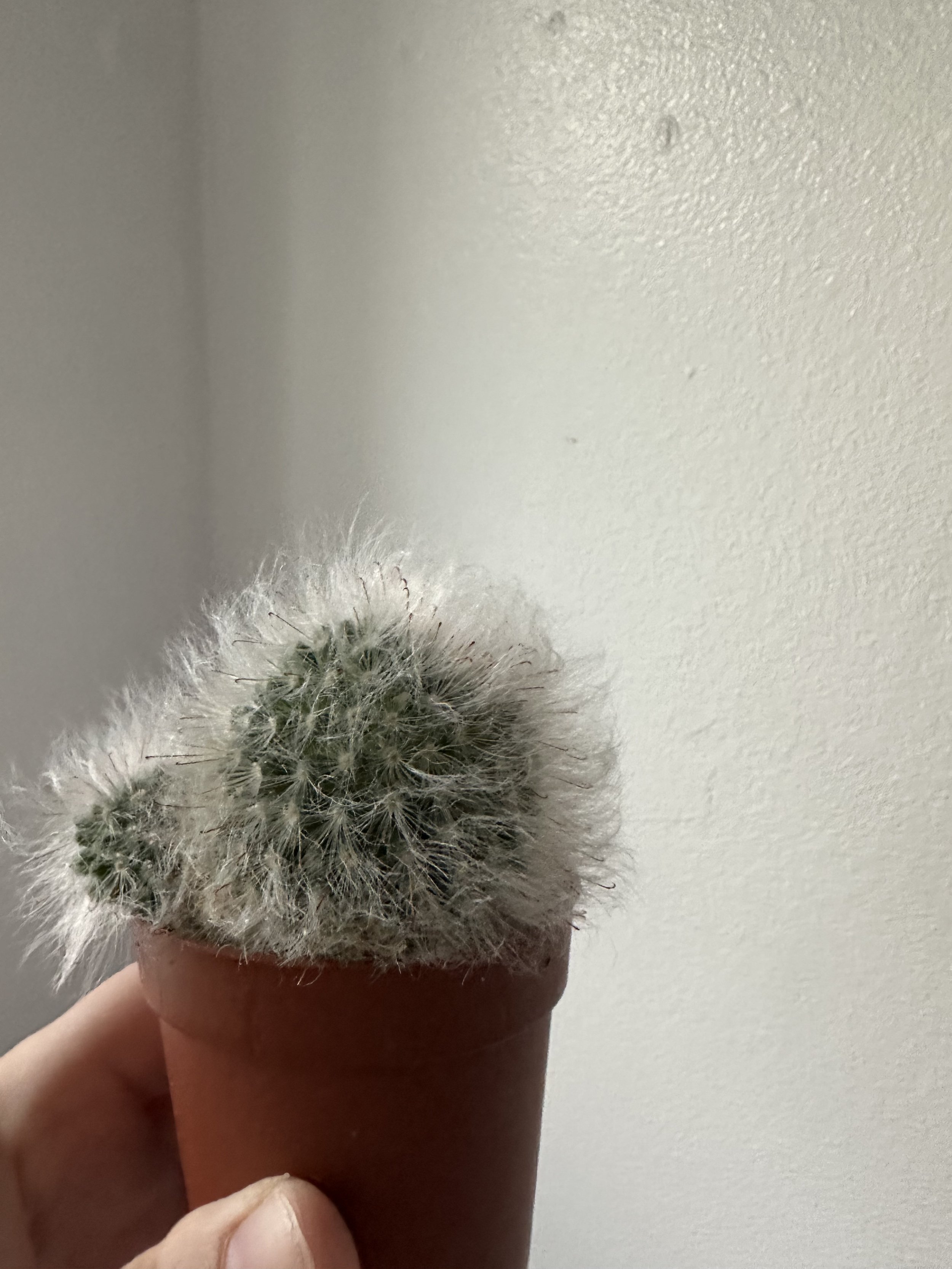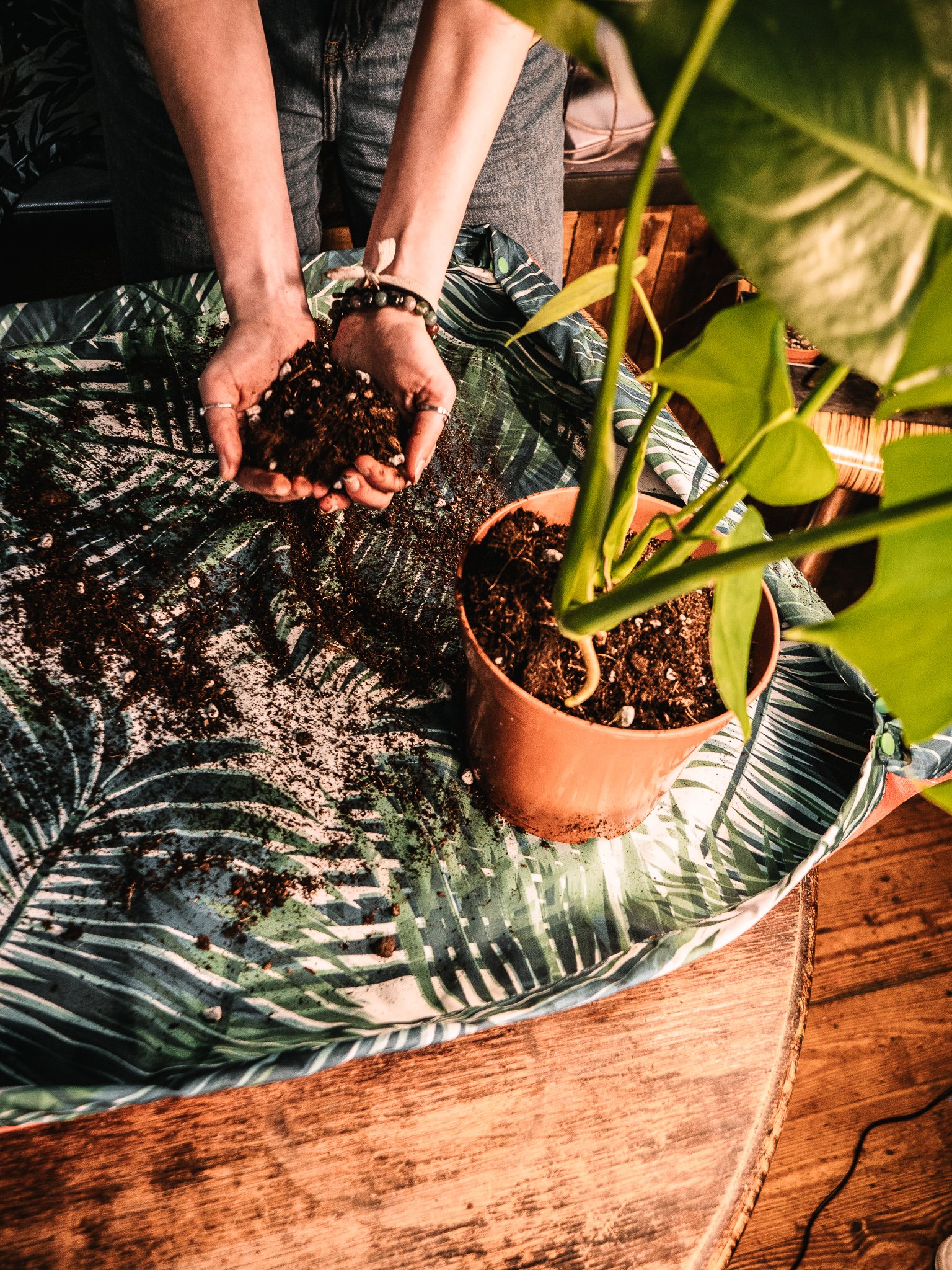Potting Up 101: Give Your Plants a Glow-Up
Root Awakening: Quirky Tips for Spring Repotting Succes
It’s time to look at the activity in our house plant jungle exploring the things that you need to consider. As our plants start to become more active and the humidity might change in your tropical jungle and the amount of sunlight increases, it gets warmer, the days grow longer they’re lots to consider in making the most out of this season for a fuller and bushier jungle!
Repotting Your Houseplants: A Quirky Guide to Giving Your Green Babies a Glow-Up
Ah, repotting you House Plants !!!
do you love it ? or do you hate it?
Let’s dive into the why and when of repotting your plants — because trust me, they won’t send you a polite memo when they’re feeling cramped!
In the wild, whether it’s a lush tropical jungle or a scorching desert, plants have adapted to their environments over time. Some thrived, while others, sadly, didn’t make the cut. But your houseplants? They’re stuck in the same pot, with the same soil, and eventually, that once-nutrient-rich mix turns into a lifeless clump of dirt. Plus, things get crowded as roots grow and start throwing elbows for space.
Another thing to keep in mind: many plants come from the nursery in a pretty basic soil mix. It’s great for getting them started as seedlings or cuttings, but now that they’re in your home, their environment has changed. The water, nutrients, and overall vibe might not be quite right for them anymore. Think of repotting as giving your plants a fresh start — new digs, new nutrients, and more room to stretch their roots.
Time to Repot Alarm bells.
Each plant is different in the way it lets people know it needs to be repotted I’m gonna share the Red Flags you might want to look out for in some of these plants.
🪨 Rock Hard Pot: If the pot feels firm and there’s little give when you squeeze it… or the pot looks like its bulging out, shaped strange these are signs that the roots are compacted.
🍜 Noodles showing: Roots for Days either they appear on the top of the soil or through the drainage holes in your pot.
🌵 Parched and Hard Pack soil: this is poplar with Cacti and Succulents the soil might be nothing but roots or Dusty in texture and they often slide around the pot or full out easily.
🫠 Stuck in a puddle: Water either stays on top of the soil or slips straight through like this is often a sign that the roots have taken over !
🏋️♀️Top-Heavy: Your plant is tipping over or feels wobbly, meaning it’s outgrown its current home.
🐢 Grow has slowed: Its growing season and not new growth is really happening it maybe because it might need a little extra wiggle room.
Now that you know why plants need repotting and have spotted some of the red flags 🚩, let’s dive into what repotting actually does for your plant! 🌱
Repotting gives your plant a fresh start by refreshing the soil, adding nutrients and goodies that help grow stronger roots — and in turn, healthier foliage and maybe even some blooms! 🌼 Plus, it creates more space for roots to spread out, making your plant feel less cramped and ready to thrive.
That said, repotting can be a bit stressful for plants (we’ve all been there after a big move, right?). You might notice a little slump afterward, but repotting during the growing season and giving your plant a good drink and feed a couple of days beforehand can make the transition smoother. With a little TLC, your plant will bounce back in no time! 🌿
🌿 Repotting Tips
Refreshing roots, upgrading digs, and giving your leafy loves room to thrive — repotting can be a joyful little ritual. So grab your gloves, pop on your favorite playlist, and let’s dive into some fabulously fun tips to make the process a breeze.
1. Potting Mat Magic
Let’s start with a game-changer: the potting mat. If you haven’t added one to your plant care toolkit yet, what are you waiting for? I personally recommend the ones from me — Jungle Floor Creative, of course.
Curious about other creative ways to make or use a potting mat to keep the mess contained? Follow the link in this blog: [Potting Mat] to discover why they’re an absolute must-have for plant lovers.
2. Create a Little List
I find having a checklist helps so much — and there’s something deeply satisfying about ticking off each plant after you’ve repotted it. Take your time with each one. It’s a gentle process for your plants, and a gentle one for you, too.
Repotting can be a lovely sensory experience, especially if you slow down and stay present with it. Free Check list download below.
3. Choose the Right Pot — Size Matters!
Think of choosing a new pot like buying shoes.
Too small? Cramped roots.
Too big? You risk soggy soil and unhappy roots.
The sweet spot? A pot that’s about 1–2 inches wider in diameter than the current one. And always go for pots with drainage holes — it encourages airflow to the roots and helps prevent rot.
Personally, I love using transparent or semi-transparent Aroid pots — and highly recommend the ones from Bethan Designs!
4. Soil Refresh
Your plant deserves the good stuff — don’t just grab any old dirt. Tailor the soil to your plant baby’s needs. Research their natural habitat or browse the Soil Ninja Plant Index for a head start.
💡 Tip: Think airflow! Roots need oxygen. A chunky, well-draining mix is great for aroids — and you can tweak it from there.
5. Root Inspection Time
It might feel like plant surgery, but it's weirdly satisfying.
Gently remove the plant, shake off loose soil, and examine those roots. Trim off any dead or mushy bits, and untangle gently (think: haircare routine).
✨ Note: I only remove all the soil if I’m transitioning to semi-hydro. Be gentle!
6. Get the Scoop
Don’t fancy digging in with your hands? Use a scoop!
Our free-standing soil scoop makes it easy to get soil where it needs to go — around your plant, not all over your workspace.
7. The Repotting Ritual
Place a layer of fresh soil in the new pot.
Nestle your plant in like it’s bedtime, then backfill with soil. Press down lightly, but keep it airy — think of it as a cozy duvet, not a tight blanket.
8. Gather Your Tools
Bringing everything to your potting mat before you start? Total game changer. Less mess, more flow. Here’s your checklist:
Soil Scoop
Potting Mat
Comfy cushion or seat
Watering can
Water bottle (for you!)
Fresh Soil
New Pot
Stick or chopstick for soil mixing
Soft plant cloth
Water spray or pest-prevention product
Your enthusiasm! 🎉
9. Water & Whisper Sweet Nothings
Once repotted, give your plant a nice drink to help the soil settle.
Now’s the moment for compliments:
“You’re glowing, darling. Thriving!”
They may not understand, but the energy? Immaculate.
10. Clean-Up is a Breeze
Your potting mat earns its keep here! Just fold up the corners, funnel the soil back into your bag, and you're done. No mess, no stress.
Final Thoughts
Repotting isn't just maintenance — it's self-care for your plants and a little therapy for you. So light a candle, put on your fave playlist, and let this ritual become part of your plant parent journey.
Happy potting! 💚
make a list
These are some of my recommendations and tips as a houseplant lover living in the UK. I’m not an expert, but I’ve been growing plants since I was 13 in 2003 — and my passion for houseplants really took off in 2019 when I started expanding my collection and knowledge.
As I always say, everyone has their own unique experience and growing environment. Feel free to take what works for you from this blog and leave what doesn’t — after all, no two plant journeys are the same!






















